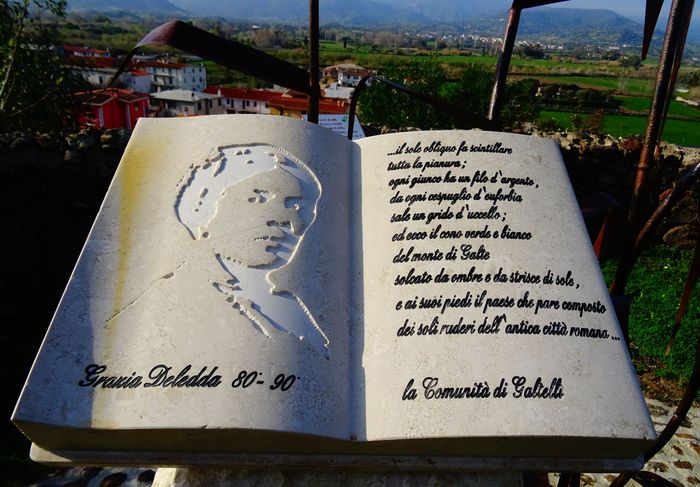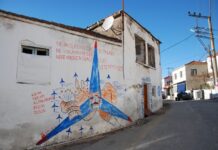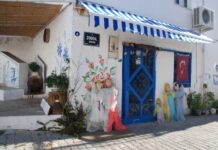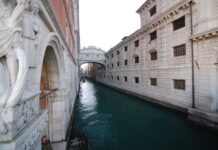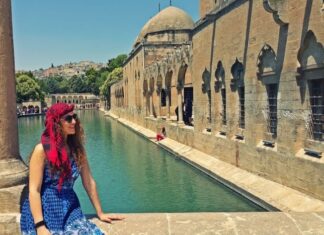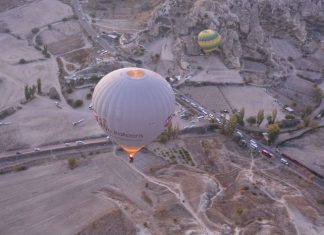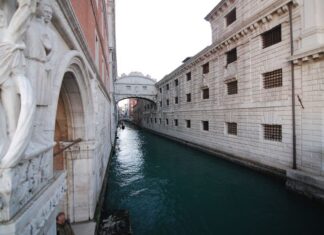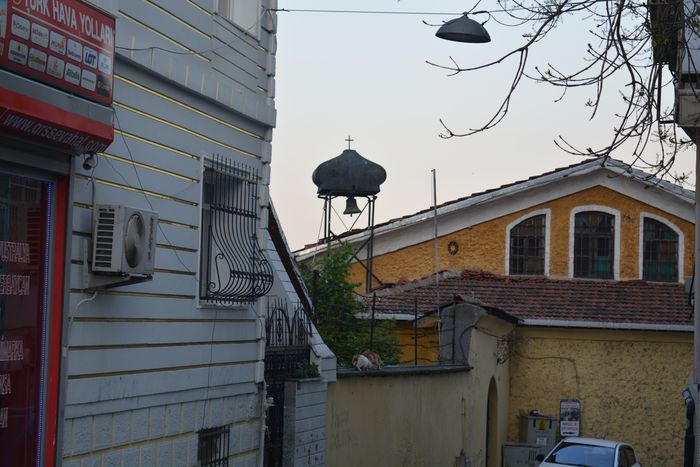She had made her will in favor of the Church of the Miracles, and day and night besought the merciful Madonna to give her peace, but, as always, in vain.
Eighteen months after the lamentable event she nursed the same hatred, and neither the knowledge that Sadurra was leading a life of misery and drudgery, nor the satisfaction of having more than once brutally repelled her entreaties for pardon, could console Batora.
With eyes fastened upon the rosary of mother-of-pearl in her hand. “Zia” Batora slowly climbed the steep path which led to the church.
Mysterious symbol
In spite of the fact that at Bitti—contrary to the custom of the other Sardinian villages—the widows after a certain period resumed their bright-colored attire, she had always continued to dress in mourning, with the exception of two strips of silver lace in the form of a cross on the crown of her bonnet. These were half-concealed by a heavy veil, and were possibly some mysterious symbol of which Batora alone knew the meaning. Her laced bodice, open in front, displayed a richly em-broidered chemisette, the only luxury permitted in the costume of Bitti, and underneath the short skirt of alpaca was a longer white skirt of muslin.
A gaily dressed crowd filled the narrow streets and the open square in front of the church. Beggars at every turn held out their hands and in a whining and monotonous voice asked alms of passers-by. The neighboring villages had contributed to swell the multitude, and the market town of Bitti in the scintillating September sunlight presented a gorgeous picture, with its frame of fresh green fields in the distance.
“Zia” Batora continued her ascent unmindful of the crowds, and, having arrived in front of the church, she stopped and made the sign of the cross before one of the innumerable processions which were passing.
It was a feature of the Festival of the Miracles that any devotee might pay for one of these processions. A contribution to the church of from one to fifty “scudi” caused the procession to start. First came a priest carrying a lighted taper, and then followed a line of worshipers from different villages with the banners of their religious societies. Each procession would make a single turn around the church, re-enter, and appear again on behalf of another contributor; so that in one short morning dozens of such processions might take place.
Read More about Memoirs or Chronicle of the Fourth Crusade part 4
